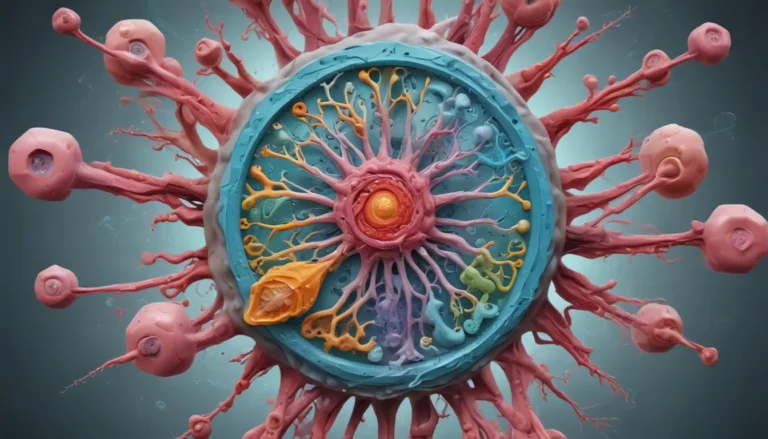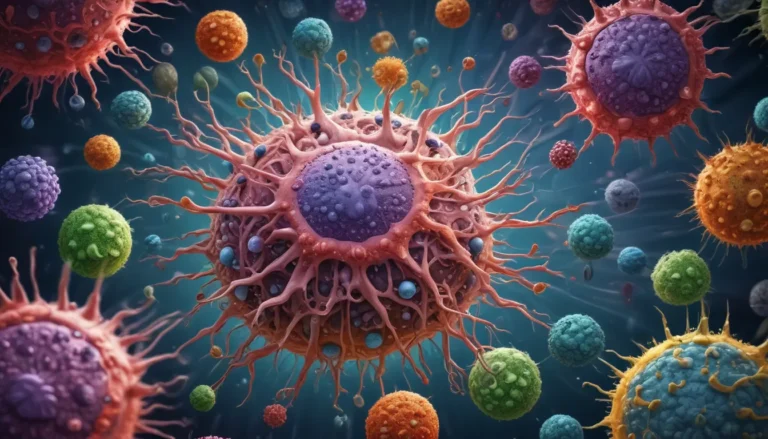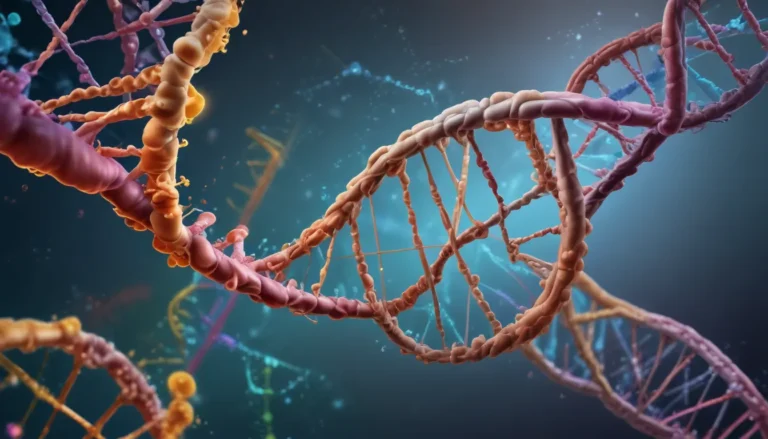A Note About Images: The images used in our articles are for illustration purposes only and may not exactly match the content. They are meant to engage readers, but the text should be relied upon for accurate information.
In the realm of molecular biology lies a captivating phenomenon known as alternative splicing. This intricate process plays a pivotal role in enhancing the diversity and complexity of living organisms. Imagine genes as recipe books, capable of creating different “dishes.” Alternative splicing is akin to mixing and matching ingredients, resulting in various protein “dishes” from the same gene, adding flavor to our biology. It’s like a genetic DJ remixing a song, creating different versions of proteins that influence everything from our brains to how our bodies respond to drugs. It’s like a biological mixtape!
The Wonders of Alternative Splicing
Alternative splicing is a fundamental mechanism in eukaryotic gene expression that allows a single gene to produce multiple protein isoforms. By selectively including or excluding different combinations of exons during RNA processing, alternative splicing significantly enhances the diversity of proteins that can be generated from a single gene.
Unveiling Astonishing Facts About Alternative Splicing
- Approximately 90% of human genes undergo alternative splicing, contributing to the complexity of protein diversity and functional specialization in human cells.
- Alternative splicing can generate protein isoforms with distinct functions, allowing cells to adapt to various physiological conditions.
- In some cases, alternative splicing can result in the production of truncated or non-functional proteins, impacting disease progression.
- The regulation of alternative splicing involves a complex interplay of RNA-binding proteins and spliceosome components that determine the splicing outcome of a gene.
- Different tissues and cell types exhibit unique patterns of alternative splicing, contributing to specialized gene expression profiles.
- Environmental factors can influence alternative splicing patterns, allowing cells to respond and adapt to changing conditions.
- Alternative splicing can modulate protein-protein interactions, impacting cellular signaling pathways and biological outcomes.
- Defects in alternative splicing have been linked to various neurological disorders, highlighting its importance in neuronal function.
- Alternative splicing can create unique gene fusion events, leading to the production of fusion proteins with altered functions or oncogenic properties.
- MicroRNAs play a role in regulating alternative splicing by influencing splice site selection and gene expression.
- Alternative splicing has emerged as a potential therapeutic target for treating genetic disorders and cancer.
- The evolutionary conservation of alternative splicing across diverse organisms underscores its significance in driving biological complexity and adaptation.
- Alternative splicing contributes to drug resistance in cancer cells by generating isoforms less susceptible to targeted therapies.
- High-throughput sequencing technologies enable the comprehensive detection and analysis of alternative splicing events on a genome-wide scale.
- Alternative splicing influences the generation of circadian rhythms, allowing organisms to adapt to daily environmental changes.
- Alternative splicing gives rise to non-coding RNA molecules with regulatory functions in gene expression and cellular processes.
- Differences in mRNA stability and degradation rates among splicing isoforms add another layer of regulation to gene expression and cellular responses.
- Understanding alternative splicing mechanisms can provide valuable insights into disease mechanisms and novel therapeutic strategies.
The Intriguing World of Alternative Splicing Unveiled
As we journey through the realm of alternative splicing, we discover its pivotal role in shaping life’s complexity and diversity. From normal development to disease pathology, alternative splicing holds the key to unlocking the mysteries of genetic regulations. By delving into the mechanisms and functions of alternative splicing, we gain valuable insights into disease mechanisms and open doors to novel therapeutic strategies.
Feeling intrigued to dive deeper into the fascinating world of alternative splicing? Continue your exploration and unravel the astonishing truths that transcriptomics holds!
FAQs
Q: What is alternative splicing?
A: Alternative splicing is a process that allows different exons of a gene to be combined during RNA processing, resulting in the production of multiple mRNA transcripts and proteins with diverse functions.
Q: Why is alternative splicing important?
A: Alternative splicing enhances protein diversity, regulates gene expression, and plays a crucial role in various cellular processes, including development, differentiation, and environmental responses.
Q: How does alternative splicing affect disease?
A: Dysregulation of alternative splicing is associated with numerous diseases, such as cancer, neurodegenerative disorders, and genetic disorders, by producing dysfunctional or toxic proteins.
Q: How is alternative splicing regulated?
A: Alternative splicing is regulated by RNA-binding proteins and splicing factors that recognize specific sequences in pre-mRNA, promoting or inhibiting the inclusion or exclusion of exons.
Q: Can alternative splicing be targeted for therapeutic purposes?
A: Yes, manipulating alternative splicing patterns has emerged as a potential therapeutic strategy to correct aberrant splicing events in diseases or enhance the production of beneficial protein isoforms.
Explore the Beauty of Alternative Splicing
In the enchanting world of alternative splicing lies endless opportunities for exploration and discovery. Each fact about transcriptomics unfolds a new layer of understanding how genes shape life. Embrace the marvels of alternative splicing and continue your journey to uncover the astonishing truths it holds!
Resources
- function()%7Bvar%20e=document.createElement('script');e.setAttribute('type','text/javascript');e.setAttribute('charset','UTF-8');e.setAttribute('src','//assets.pinterest.com/js/pinmarklet.js?r='+Math.random()*99999999);document.body.appendChild(e)%7D)([↩]





